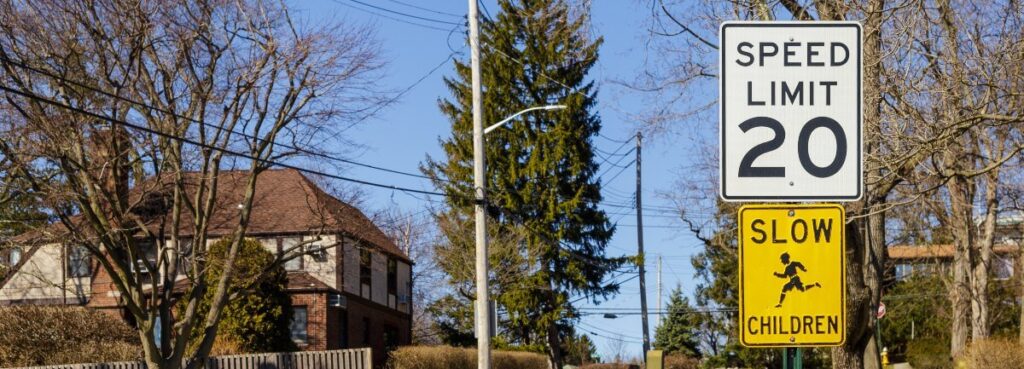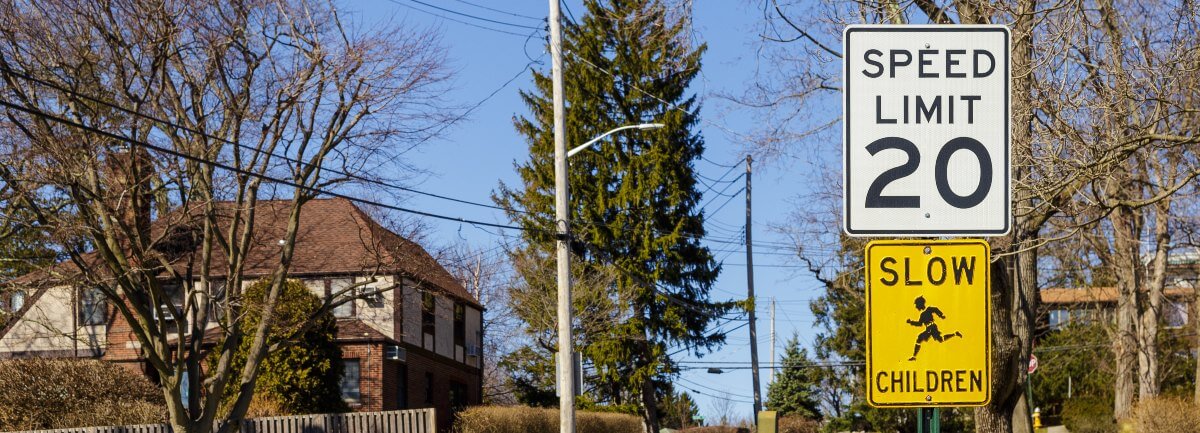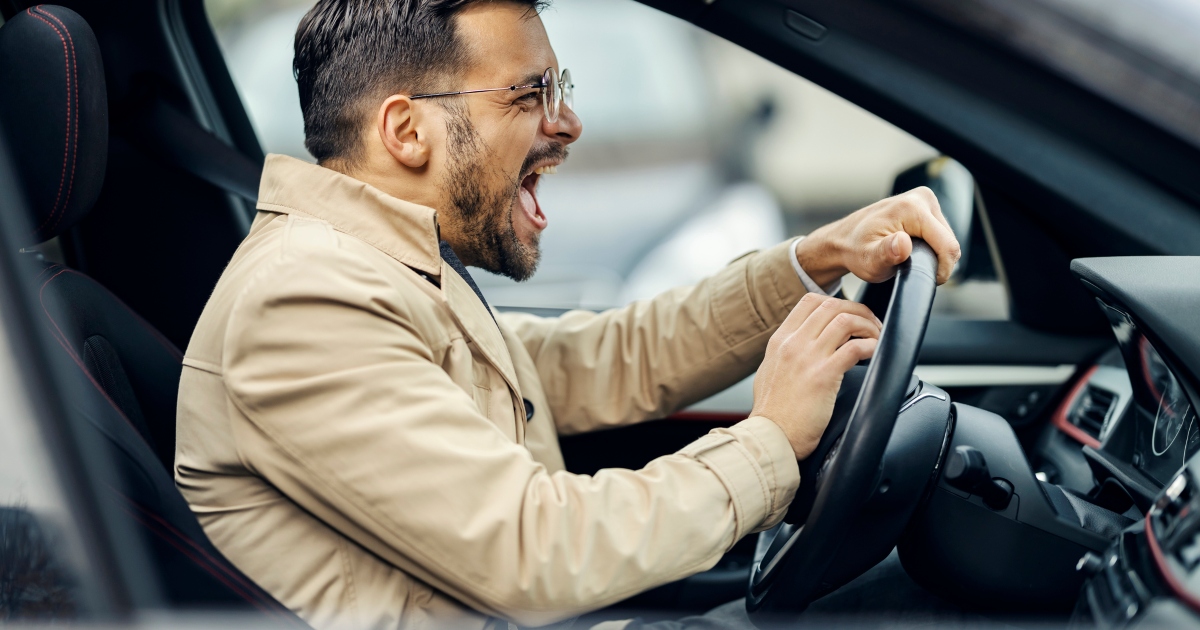Why Do So Many Cleveland Car Crashes Happen Close to Drivers’ Homes?

Car crashes can happen anywhere, but most drivers think there is less risk of a crash close to home. Unfortunately, this leads to overconfidence, which is a common reason why many crashes happen close to drivers’ homes.
Contrary to many drivers’ assumptions, you may be more likely to get into a crash when you are within 10-20 miles of your home. Friedman, Domiano and Smith’s Cleveland auto accident lawyers discuss the reasons why so many car crashes happen close to home and what drivers can do to reduce the risk of a collision.
Even though these crashes may occur at slower speeds, they can cause serious injuries. If you are injured due to another’s negligence, our experienced attorneys may be able to help you secure compensation.
Call today. Free consultation and no upfront costs. Phone: 216-621-0070.
Research on Car Crashes Happening Close to Home
There are numerous statistics about the increased risk of a car crash when drivers are close to home, including a study that was published in the Journal of Trauma Acute Care Surgery. This study, which reviewed 1,644 traffic accidents, revealed:
- 77.1 percent of the auto accidents studied occurred within 10 miles of where the victim lived.
- 87.6 percent of auto accidents studied happened within 20 miles of where the victim lived.
Research from the National Highway Traffic Safety Administration says that more than half of car accidents occur within 25 miles of where the driver lives.
Given these statistics, it should not come as a surprise that most drivers do not travel more than 10-20 miles from their homes on a given day. The AAA Foundation for Traffic Safety and the Urban Institute found Americans average 29.2 road miles each day.
Dolphin Technologies did a study published in 2020 that revealed one-quarter of auto accidents happened within the first three minutes of a trip. Meanwhile, 14 percent of crashes happen within six minutes of the start of a trip. These statistics seem to back up the prevalence of crashes, such as short trips in the car, that are more likely to be close to home.
Researchers analyzed 1,986 crashes using data collected by telematics devices installed in vehicles. This study included a total of 3.2 million vehicle trips involving 40,000 people.
This study also found the risk of a crash closer to home increases dramatically when a trip is longer than 40 minutes. These crashes may happen when drivers have a long commute home from work or when they are returning home from a long trip.
8 Reasons Why You May Be More Likely To Get in a Crash Close to Home
Friedman, Domiano and Smith have compiled a list of eight reasons why car crashes happen when drivers are close to home. While there are various reasons, they all boil down to drivers letting their guards down because they are in familiar territory.
Drivers need to remember that they should always practice defensive driving, no matter how familiar the area or how short the trip.
Overconfidence
Drivers tend to relax and become overconfident when they are close to home. They may be nearing the end of their trip, so they think there is less risk of a crash.
Overconfidence stems from being on a road you have been on many times before. The thinking is that you have been on this route countless times before and did not get into an accident. You know where you are going, so there is less risk of being distracted or confused by which way to go.
Distracted Driving
Unfortunately, feeling relaxed and overconfident increases the risk of reckless driving behaviors, like distracted driving. Sometimes drivers are running late to work so they put on makeup, comb their hair, or eat breakfast while they are driving.
If you are heading home, you may get distracted by your phone. For example, you might want to send someone a text to let them know you are a few minutes away.
Your concentration could also move from driving your car to singing along with a song or listening to a podcast.
Presence of New Drivers
You may be more likely to encounter teenage drivers in residential areas. Their parents may have limited their teens to driving in these areas while they gain more experience. Unfortunately, newer drivers do not always make the best decisions, which is why other drivers need to pay more attention.
Reckless Driving
Drivers routinely disregard speed limits in residential areas and apartment complexes. If you are going on a short trip, you might decide not to wear your seat belt.
Other reckless driving behaviors that are common closer to home include:
- Changing lanes without signaling
- Running through stop signs
- Failing to look both ways before turning
- Tailgating other vehicles
- Driving without lights on
Drowsiness/Fatigue
Many drivers traveling home from work or a long trip may be operating on a few hours of sleep. While drowsiness increases the risk of falling asleep at the wheel, most people continue to drive because they are close to home.
Being tired is also a risk when you leave your house for work early in the morning. Caffeine cannot counteract the effects of fatigue, even if it initially seems to boost your energy.
Parked Vehicles, Pedestrians and Other Residential Hazards
Residential areas have a lot of parked cars, delivery trucks, garbage trucks, pedestrians, bicyclists and children. That is why these areas have lower speed limits, stop signs and speed bumps. Drivers need to obey speed limits and use extra caution to prevent a collision, particularly a collision with a pedestrian or bicyclist.
Unfortunately, drivers routinely speed, run through stop signs and fail to keep their eyes out for pedestrians. This is particularly dangerous with children, because they may be more likely to dart out into the road without warning.
Impairment From Alcohol and Other Drugs
A common reason why people drive drunk is that they are close to home. They may know they probably should not drive but they figure they will make it since they are close to home. Being familiar with the area may also make them think it will help them overcome the effects of alcohol impairment.
How Do I Avoid Getting Into a Crash Close to My Home?
Drivers can take numerous steps to reduce the risk of a collision when they are close to home:
- Do not let your guard down – Learning more about the risks of getting into a crash close to home may help drivers avoid letting their guard down. Drivers need to follow traffic laws and pay attention no matter how far you are going or how familiar you are with the area.
- Obey the posted speed limit – If you slow down, you will have more time to react to danger, which could help you prevent a crash.
- Eliminate distractions and stay focused on driving – Do not do your makeup, comb your hair, eat your breakfast or fiddle with your car stereo while you are driving. You need to do that before you start your trip. Do not text and drive and avoid getting into long or stressful phone conversations while you are on the road. You can always have those conversations after you are done driving.
- Watch for pedestrians, children, bicyclists and other residential hazards – This is particularly important in residential areas. Keep your mind and eyes focused on driving and keep an eye out for potential hazards.
- Do not drive while you are drowsy – If you feel fatigued, pull over to a safe place and rest until you have the energy to devote to driving your car safely.
- Do not drive under the influence – Driving under the influence is illegal and dangerous. Even if you are close to home, your risk of a crash is high. Your judgment, vision, reflexes and reaction time will be impaired and you may be unable to react in time to danger.
Injured By a Reckless Driver? Call Friedman, Domiano and Smith
Reckless driving can have life-altering consequences, as victims of reckless driving crashes can suffer long-term injuries. These injuries may not only be physically and mentally debilitating, but they can also prevent people from working so they can support their families.
Our firm understands the consequences of car crash injuries. We have been helping Ohio crash victims for decades, obtaining millions in damages to help our clients put their lives back together. Our lawyers represent victims on contingency, so there are no upfront costs.
Contact us today to find out how we may be able to help: 216-621-0070.
Comments are now closed




Comments